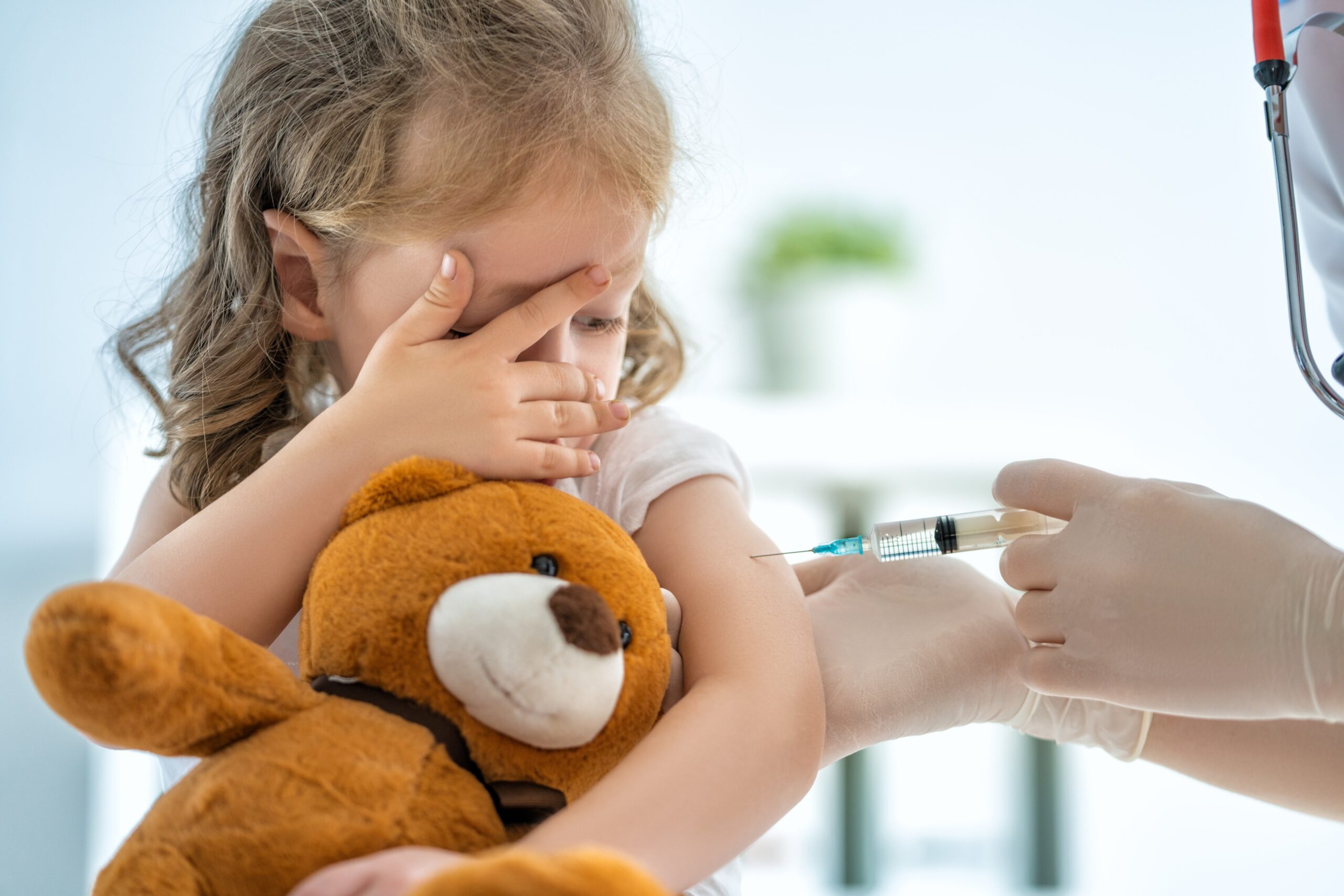
12 Mar Prevalence of pain and fear as barriers to vaccination in children – Systematic review and meta-analysis
Injection-related pain and fear are common adverse reactions in children undergoing vaccination and influence vaccine acceptance. Despite the large body of literature on sources of vaccine non-compliance, there is no estimate of the prevalence of pain and fear as contributing factors. The objective was to estimate the prevalence of injection pain or fear of needles as barriers to childhood (i.e., 0-18 years) vaccination.
Methods: Four databases were searched from inception for relevant English and French articles until August 2021. In addition, the references of recent systematic reviews and all articles included in the review were hand searched. Article screening and data extractions were performed in duplicate. Studies were included if they reported on injection-related pain or fear of needles in children (0-18 years) using a checklist/closed-ended question(s). Results were stratified by respondent (parents or children), type of pediatric population (general or under-vaccinated), and relative importance of barrier (pain or needle fear as primary reason or any reason for under-vaccination). Prevalence rates of pain or needle fear were combined using a random effects model. Quality of included studies was assessed using the Joanna Briggs Institute critical appraisal checklist for prevalence data. Quality across studies was assessed using GRADE.
Results: There were 26 studies with 45 prevalence estimates published between 1995 and 2021. For parent reports (of children) and children self-reported reasons for non-compliance, prevalence rates of pain or needle fear ranged from 5 to 13% in a general population and 8 to 28% in an under-vaccinated population, with a substantial variation in the prevalence estimates. There was no difference between category of respondent or relative importance on pain or needle fear prevalence rate. A regression model demonstrated an overall prevalence rate of pain or needle fear as an obstacle to vaccination of 8% in the general population and 18.3% in the under-vaccinated population. All evidence was very low in quality.
Conclusion: This is the first review to systematically quantify the prevalence and therefore, importance, of pain and needle fear as obstacles to vaccination in children around the world. Pain from injection or fear of needles were demonstrated to be sufficiently prevalent as barriers to vaccination in children to warrant attention. Addressing pain and fear has the potential to significantly improve vaccination acceptance.



